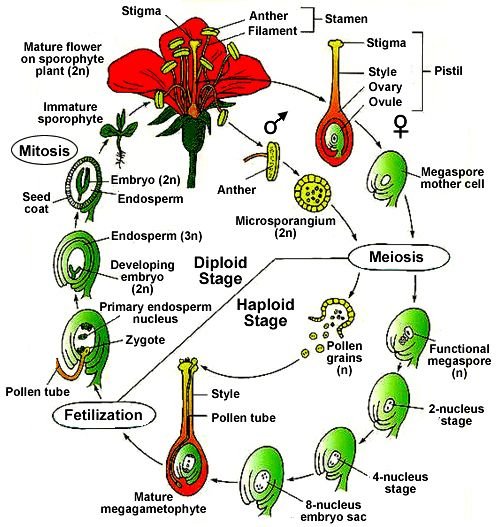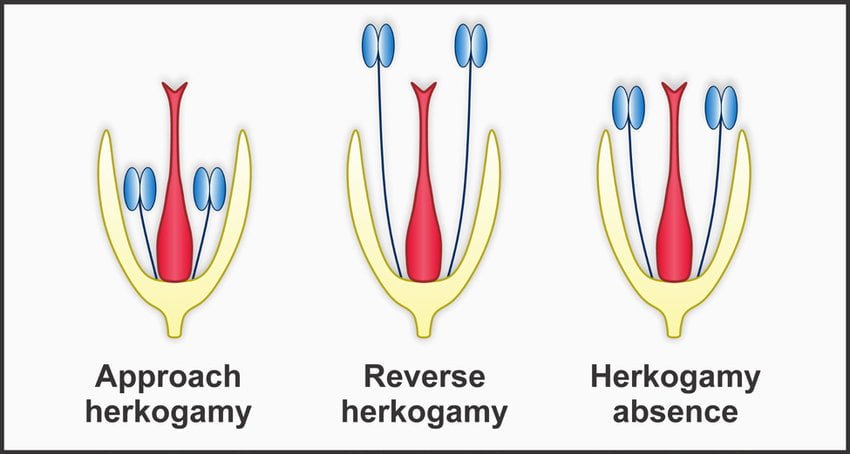
Current electricity class 12 notes: Drift Velocity & Mobility
Unit 2 • Current ElectricityUnderstanding the directed motion of electrons in conductors and their response to electric fields
Drift Velocity (vd)
Definition:
Drift velocity is the average velocity attained by charged particles (like electrons) in a conductor due to an applied electric field, superimposed on their random thermal motion.
Mathematical Expression
Where:
e = Electron charge (1.6×10-19 C)
E = Electric field (V/m)
τ = Mean free time between collisions (s)
m = Electron mass (9.1×10-31 kg)
Relation with Current
Where:
n = Charge carrier density (m-3)
A = Cross-sectional area (m²)
I = Current (A)
Key Characteristics
- Typical values: ~10-4 m/s (very slow!)
- Directly proportional to applied electric field
- Inversely proportional to resistivity of material
- Independent of time for constant electric field
Electron Mobility (μ)
Definition:
Mobility measures how quickly an electron can move through a conductor when pulled by an electric field, defined as drift velocity per unit electric field.
Mobility Equation
Units: m²/V·s
Relation with Conductivity
Where σ = conductivity (Ω-1m-1)
| Material | Mobility (m²/V·s) | Resistivity (Ω·m) |
|---|---|---|
| Copper | 0.0032 | 1.68×10-8 |
| Silver | 0.0056 | 1.59×10-8 |
| Silicon | 0.15 (electrons) | 2.3×103 |
Derivation of Drift Velocity
Step-by-Step Derivation
Force on electron in electric field:
Acceleration between collisions:
Velocity gain before collision:
Average drift velocity:
(Exact derivation gives same form with different τ interpretation)
Worked Example
Problem:
A copper wire (μ = 0.0032 m²/V·s, n = 8.5×1028 m-3) with 1 mm² cross-section carries 5 A current. Calculate:
- Electric field required to maintain this current
- Drift velocity of electrons
- Time taken by an electron to drift 1m
Solution:
(1) Electric field:
(2) Drift velocity:
(3) Time for 1m drift:
Practice Problems
Problem 1
Calculate the drift velocity in a silver wire (μ = 0.0056 m²/V·s) when subjected to an electric field of 0.5 V/m.
Problem 2
A germanium sample (μ = 0.39 m²/V·s, n = 1.5×1019 m-3) has 2V applied across 5mm length. Find the current density.
Problem 3
If the mean free time between collisions for electrons in copper is 2.5×10-14s, calculate their mobility (me = 9.1×10-31kg).
Problem 4
A wire carries 3A current with electron drift velocity of 0.1 mm/s. If the electron density is 6×1028 m-3, find its diameter.
Problem 5
An aluminum wire (μ = 0.0012 m²/V·s) has resistivity 2.65×10-8 Ω·m. Calculate its charge carrier density.
Key Takeaways
Essential Relationships
- Drift velocity: \( v_d = \mu E = \frac{I}{neA} \)
- Mobility: \( \mu = \frac{v_d}{E} = \frac{\sigma}{ne} \)
- Conductivity: \( \sigma = ne\mu = \frac{1}{\rho} \)
- Current density: \( J = \sigma E = nev_d \)
Common Pitfalls
- Confusing drift velocity with electron thermal velocity (~106 m/s)
- Forgetting that mobility is material-dependent
- Mixing up conductivity (σ) and resistivity (ρ) relationships
- Using incorrect units (e.g., cm instead of m in calculations)
Next Topic: Ohm’s Law and V-I Characteristics
In the next section, we’ll explore the fundamental relationship between voltage and current in conductors and semiconductors.
Continue to Next Topic →


